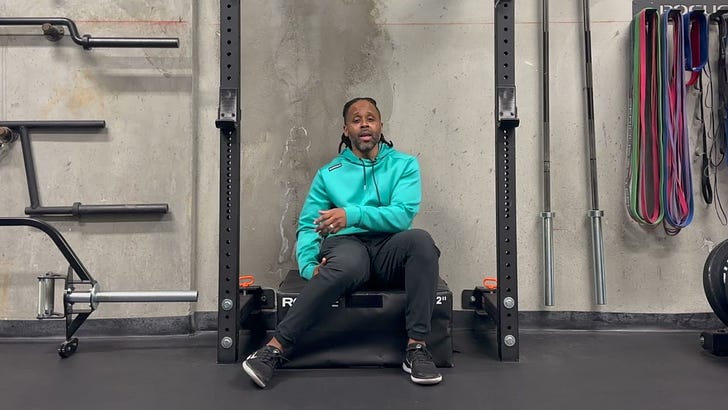Unlock Your Hips With These 3 Moves
3 Hip Moves you probably aren't doing that could be a game changer
Everyone is out in these internet streets promoting some dynamic exercise that will change your hip mobility or some tool that’s “guaranteed” to “open your hips”.
I’m here to tell you that the idea and concept behind these quick fixes is a false narrative and it flies in the face of what we know about human adaptation.
Your body adapts in a many different…



